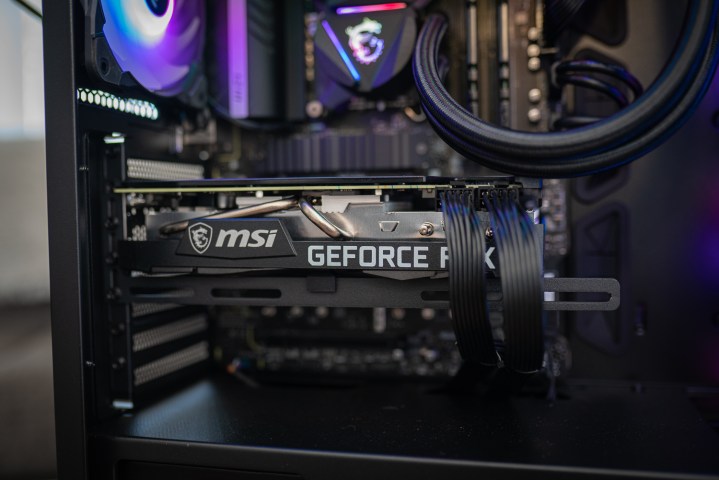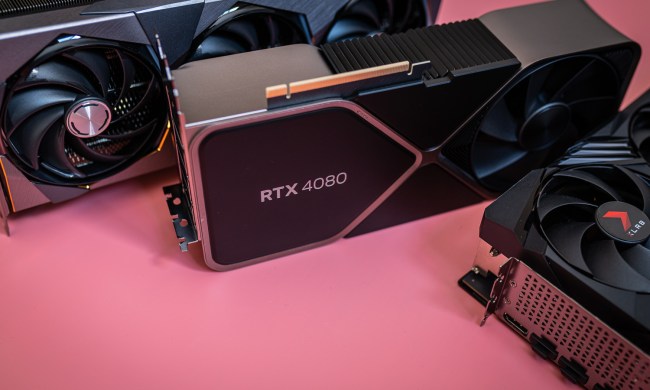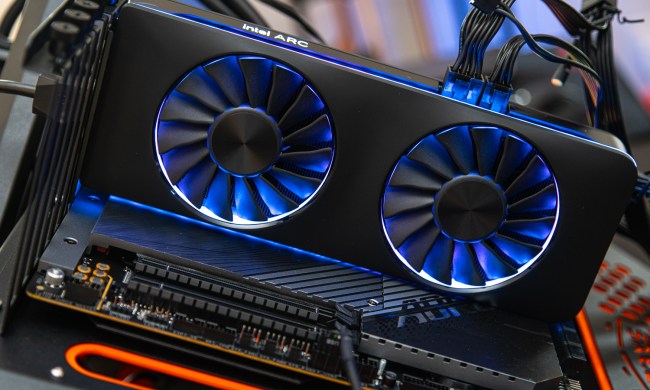Yesterday, Nvidia published a blog post (and an accompanying video) about the importance of well-developed and well-designed GPU drivers, and included a dig at AMD in the process.
Most of the article reads just like any blog post from the desk of a company like Nvidia — explanatory and full of infographics. It’s not a particularly eye-catching article, until it mentions beta drivers and Windows Hardware Quality Labs (or WHQL) certification. This section of the blog post is seemingly a (not entirely) subtle jab at AMD’s beta video drivers.

The blog post says: “Microsoft recommends only using WHQL-certified drivers, as only these guarantee compatibility and a smooth user experience… because the Game Ready Driver Program and our promise of quality relies on all of this work, we don’t release sub-par beta drivers with minimal testing, let alone multiple conflicting beta drivers forked from different development branches that support different games and products, which confuse customers.”
Nvidia obviously doesn’t mention AMD by name, but AMD is the only other “GPU vendor” that makes gaming GPUs (though that is soon to change). AMD often releases “optional” or “beta” GPU drivers and less frequently releases “recommended” WHQL certified drivers. While Nvidia asserts that drivers without WHQL certification are “sub-par” and unreliable for a “smooth user experience,” it isn’t clear that this necessarily applies to AMD’s beta drivers.
In the blog post, Nvidia says, “we don’t release sub-par beta drivers with minimal testing” and that Nvidia is “the only GPU vendor to WHQL certify every single driver,” but that actually isn’t true. Just two months ago, Nvidia released GeForce Hotfix Driver 511.72, and the driver’s release blog says:
“To be sure, these Hotfix drivers are beta, optional and provided as-is. They are run through a much abbreviated QA process. The sole reason they exist is to get fixes out to you more quickly. The safest option is to wait for the next WHQL certified driver. But we know that many of you are willing to try these out.”
Nvidia’s only beta drivers appear to be hotfixes, whereas AMD seems to mostly release beta drivers. Ultimately, not all of Nvidia’s drivers are WHQL certified by their own admission — unless Nvidia means to say they will never release another hotfix driver ever again.
We’ve reached out to AMD on what it means for their drivers to be beta or WHQL and whether or not that distinction matters for performance and stability.




